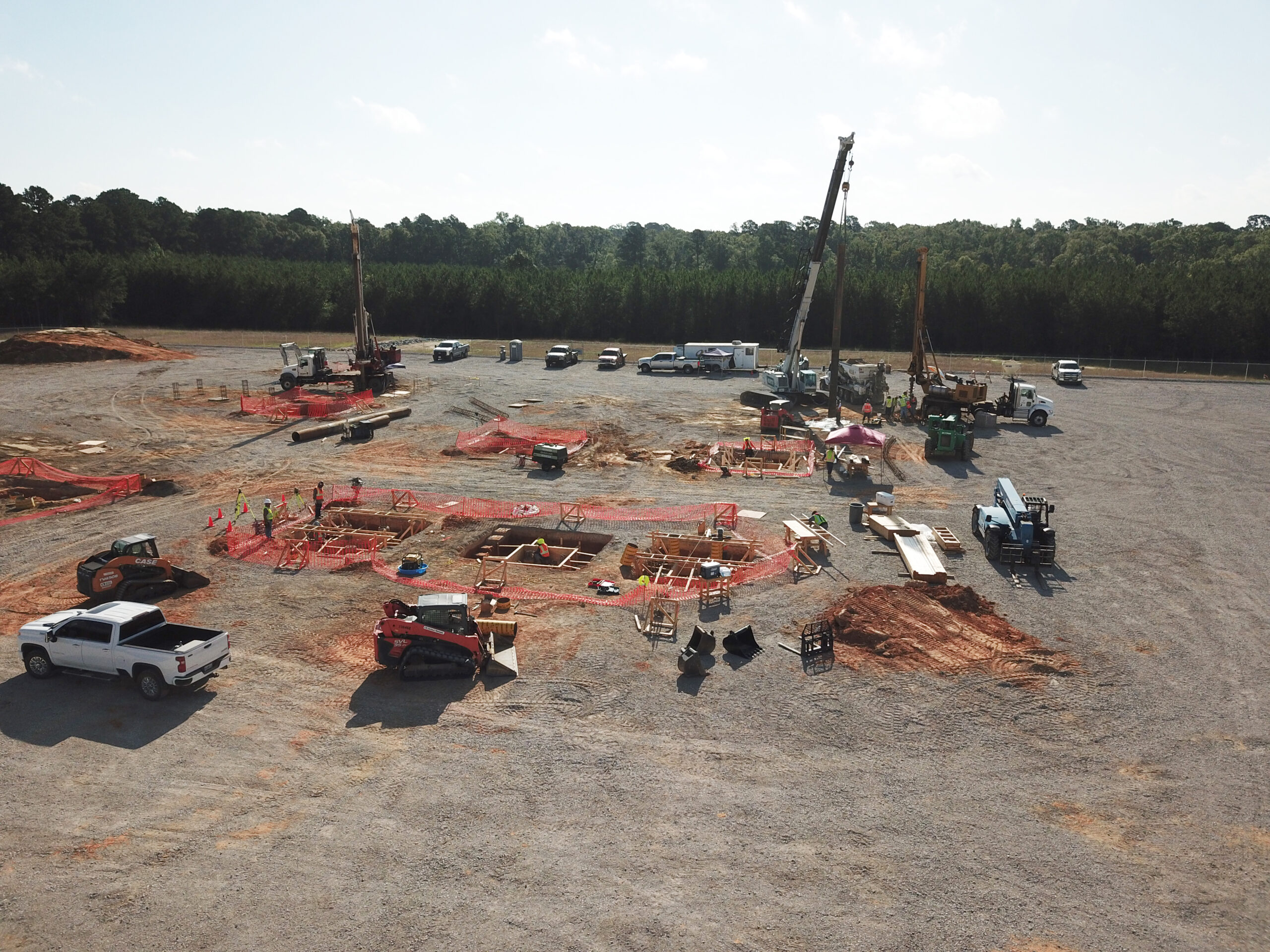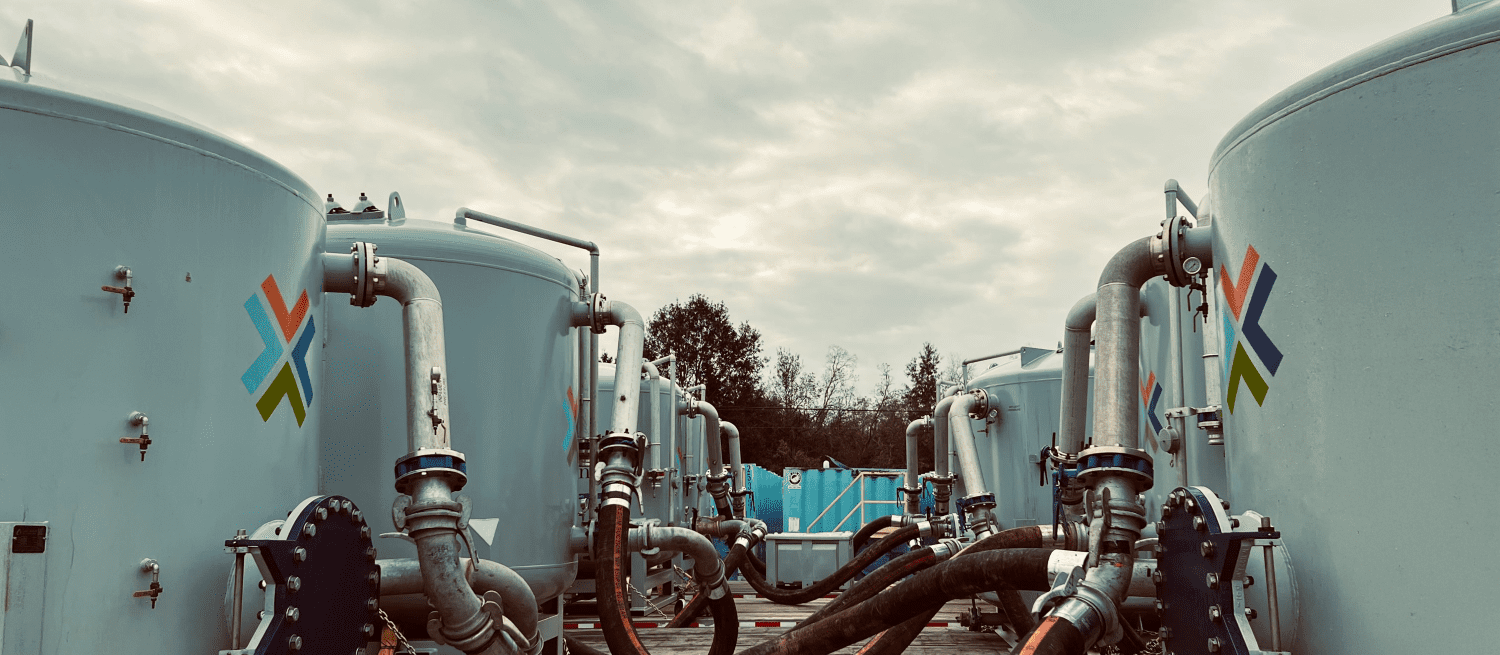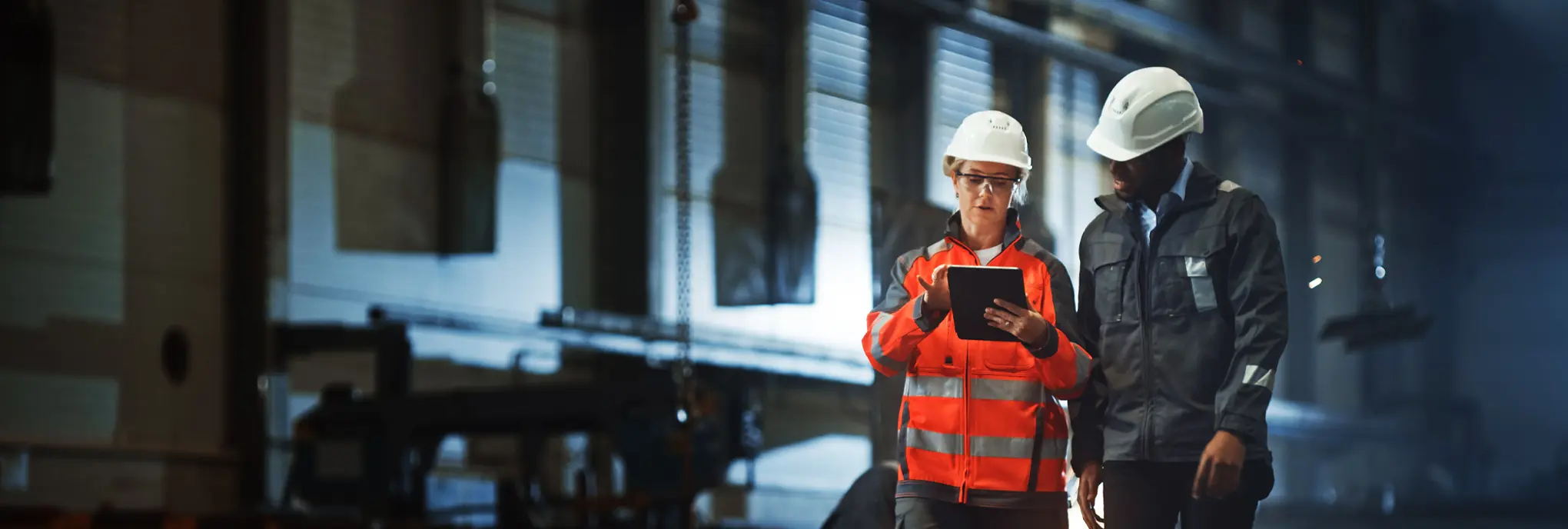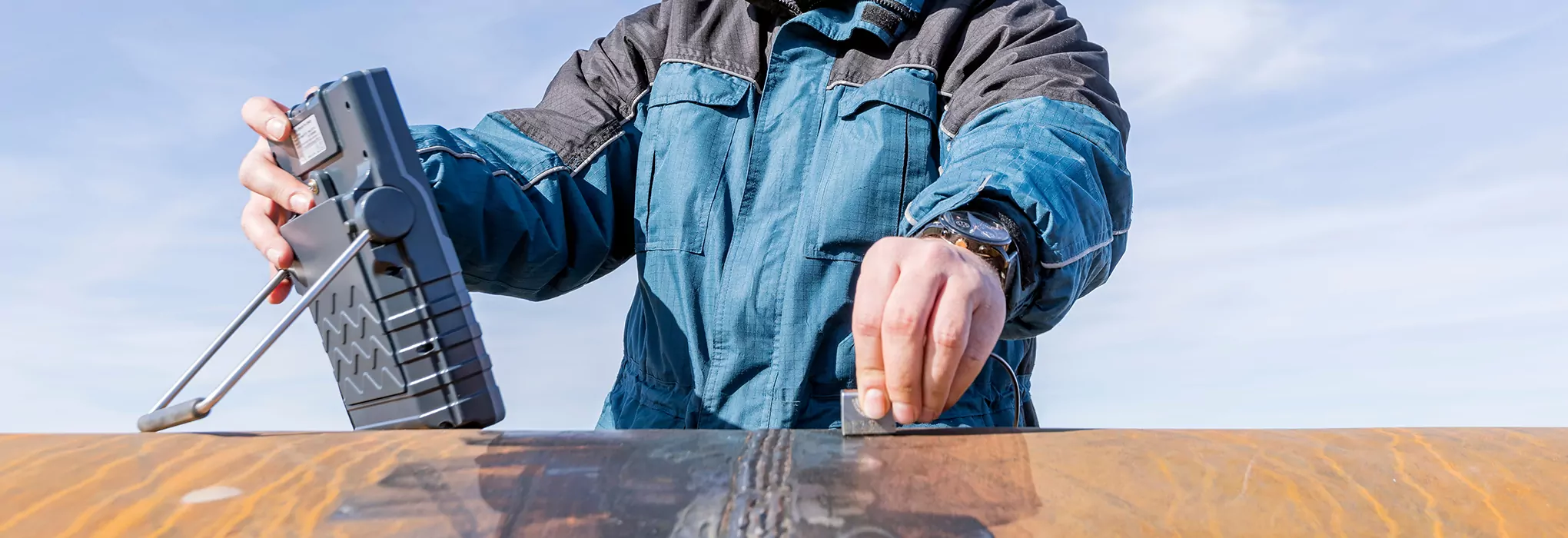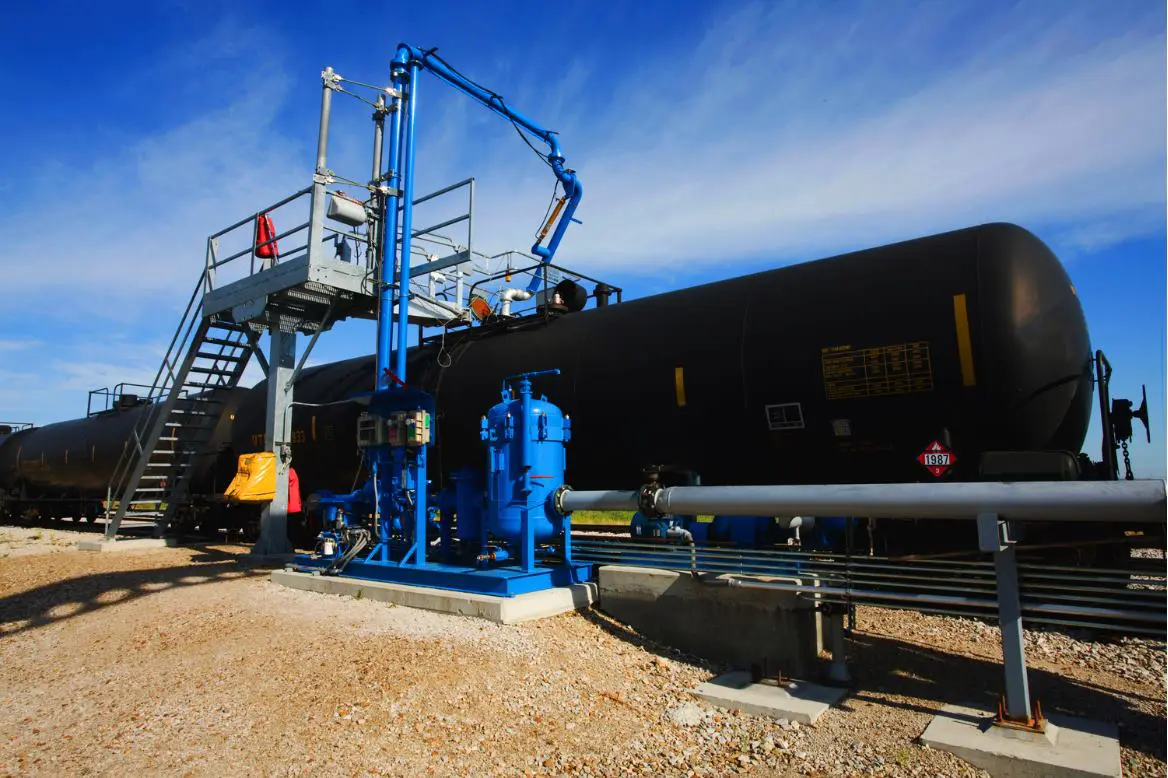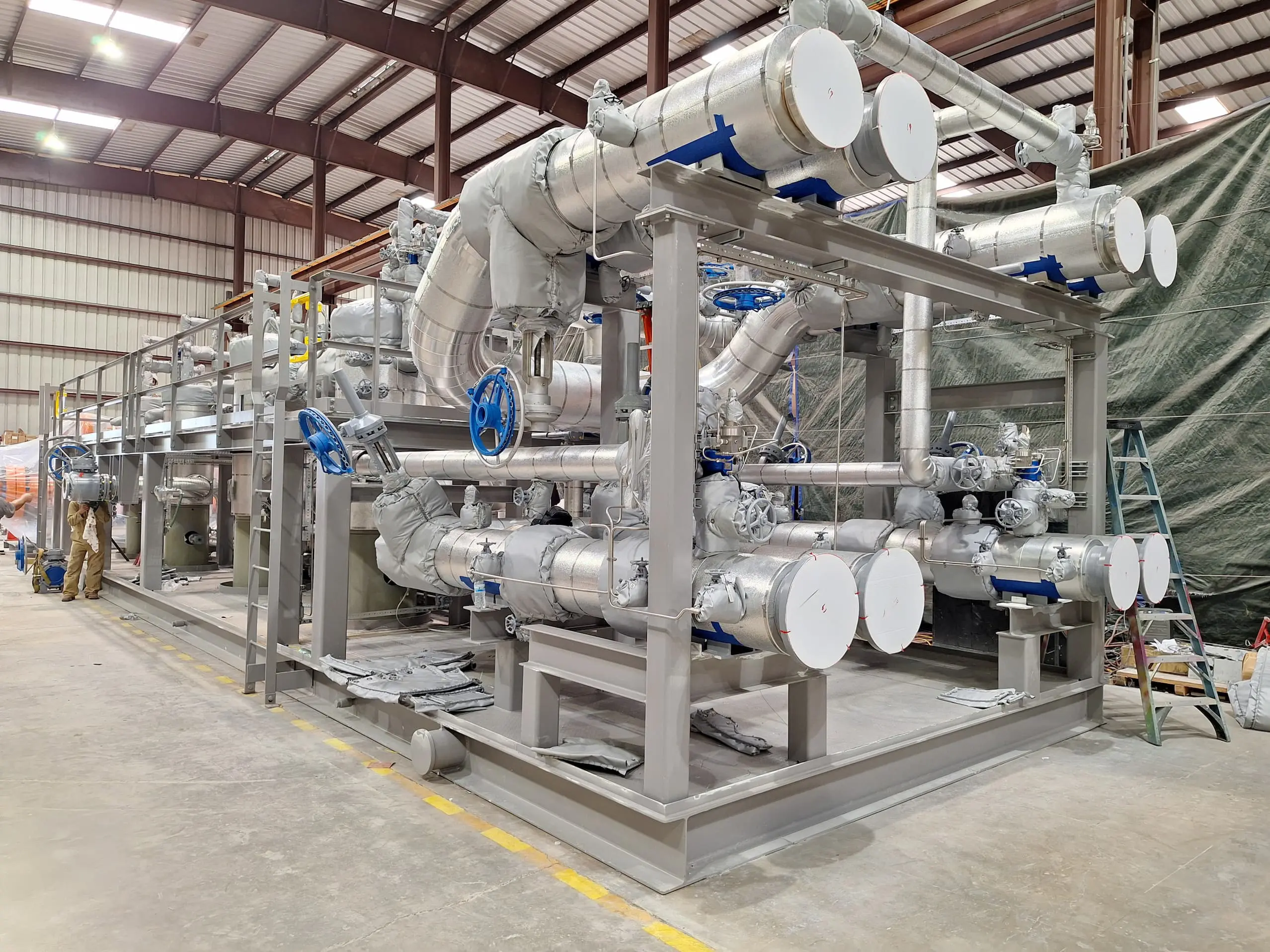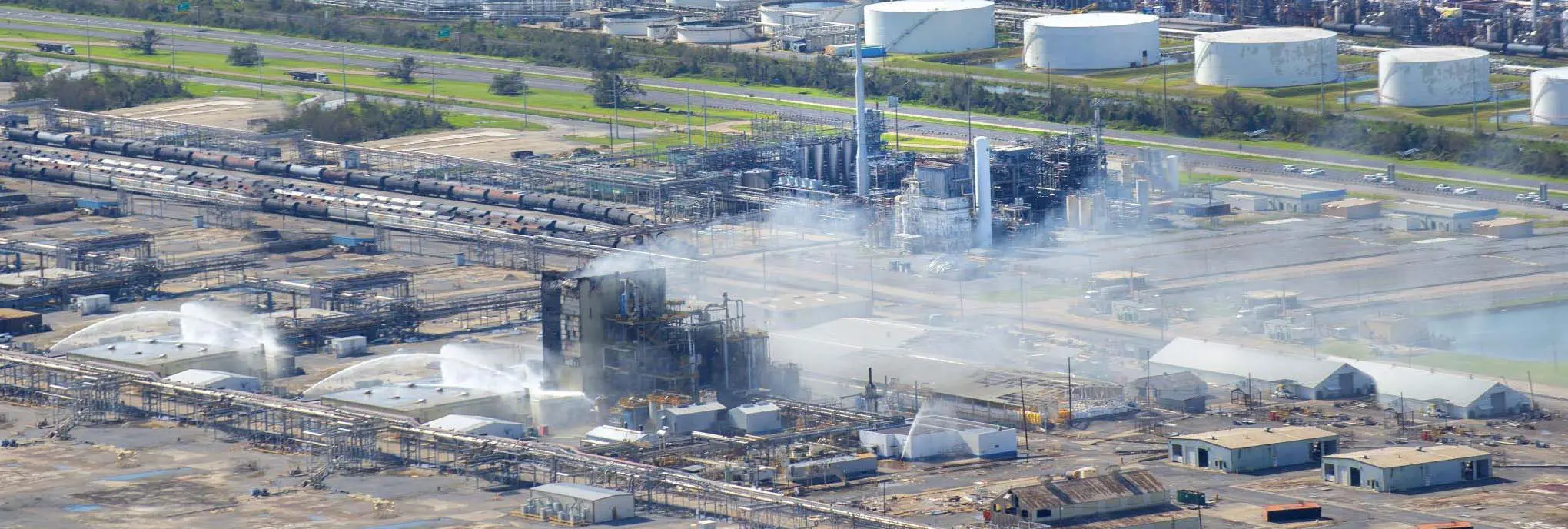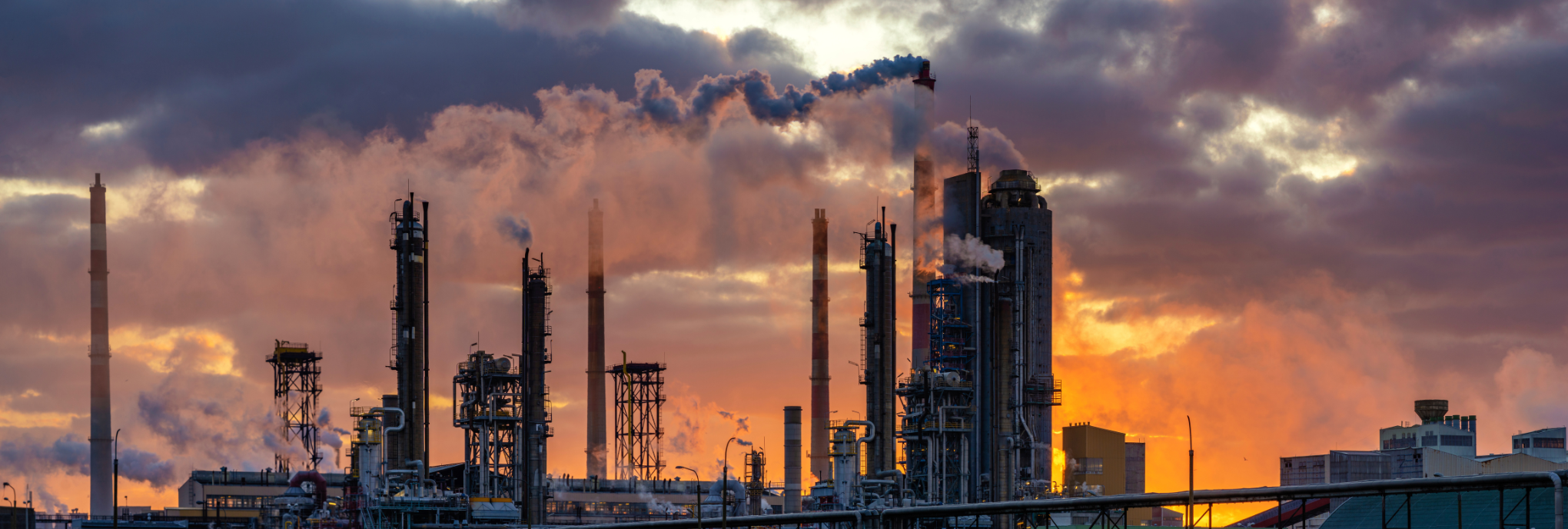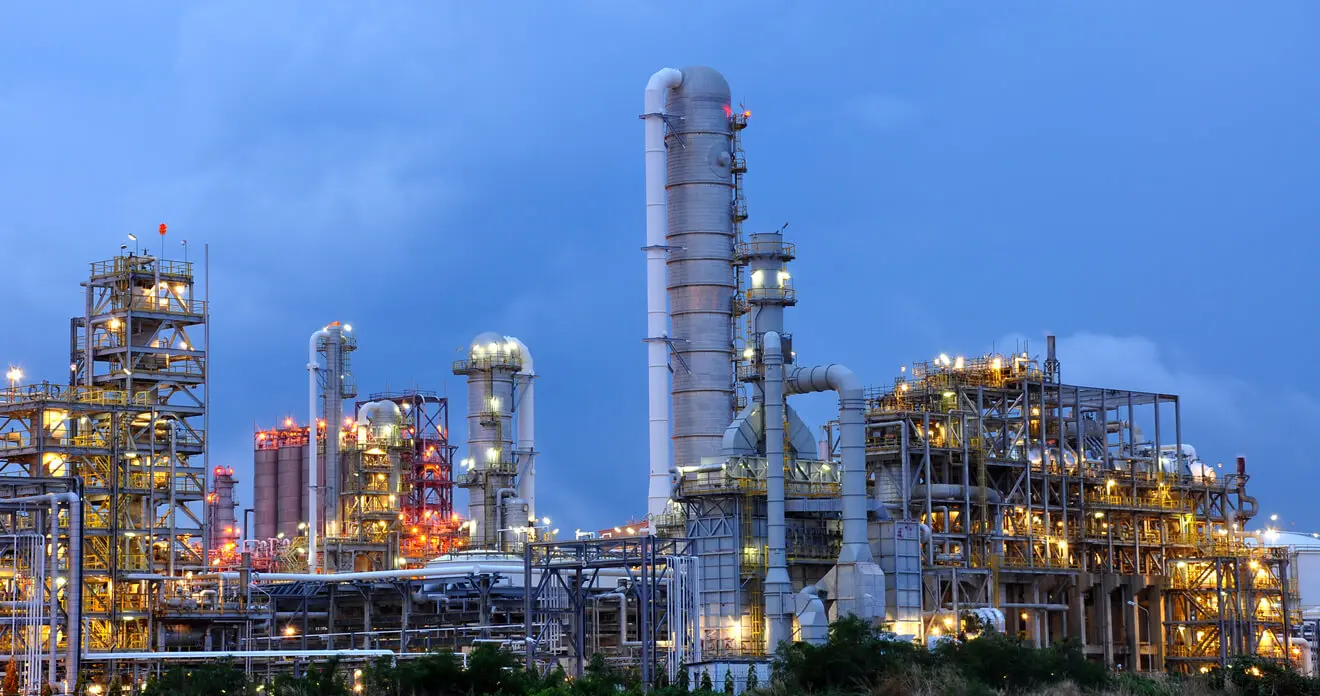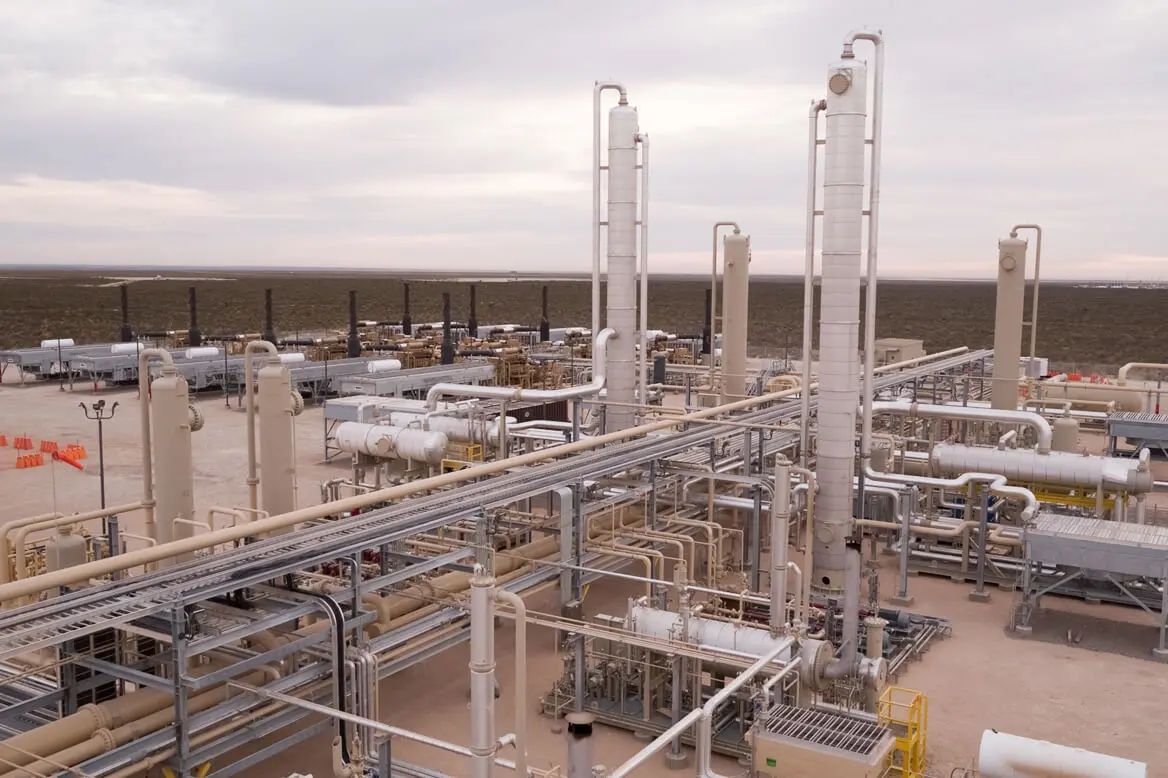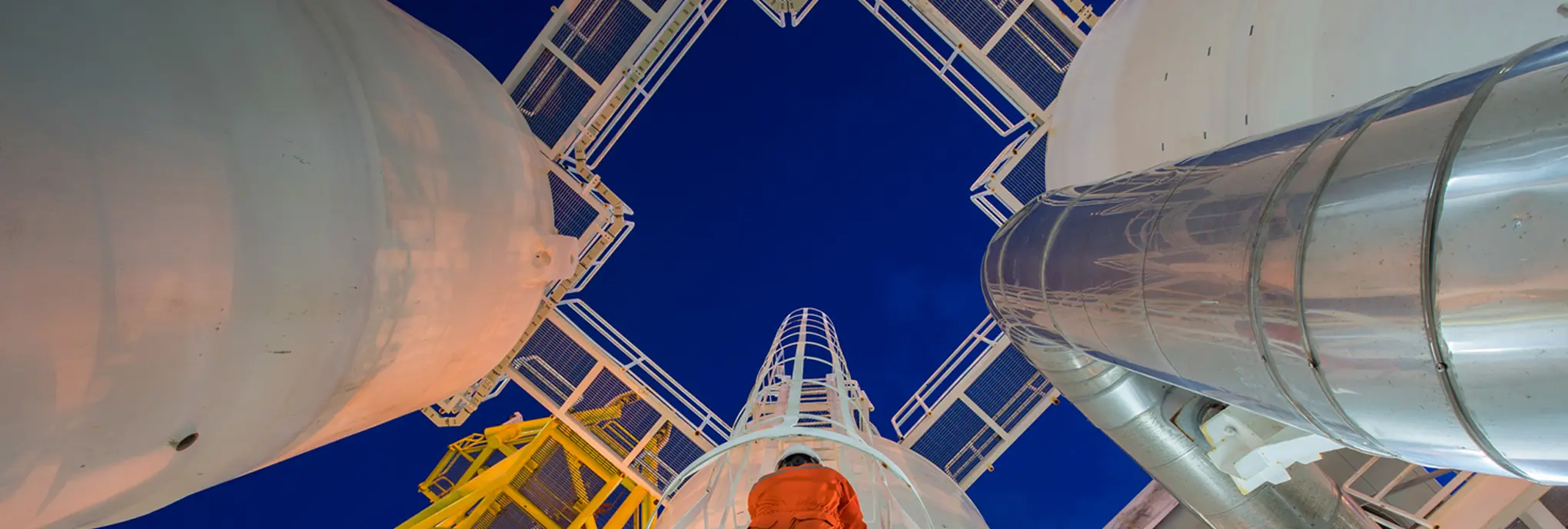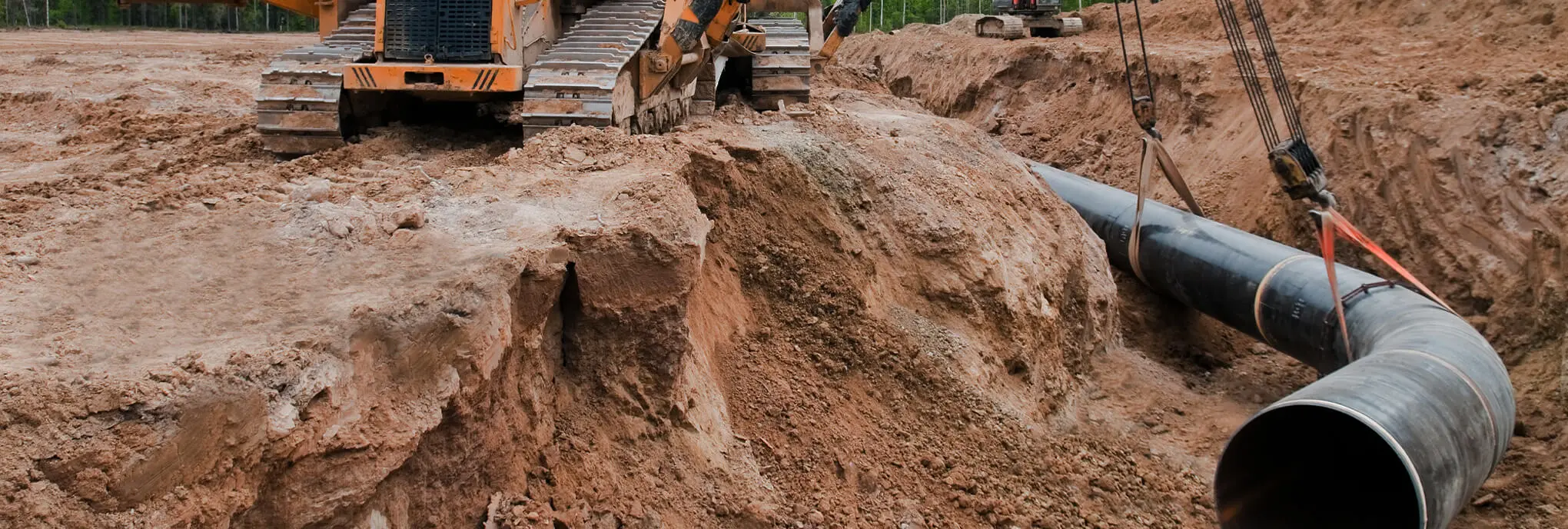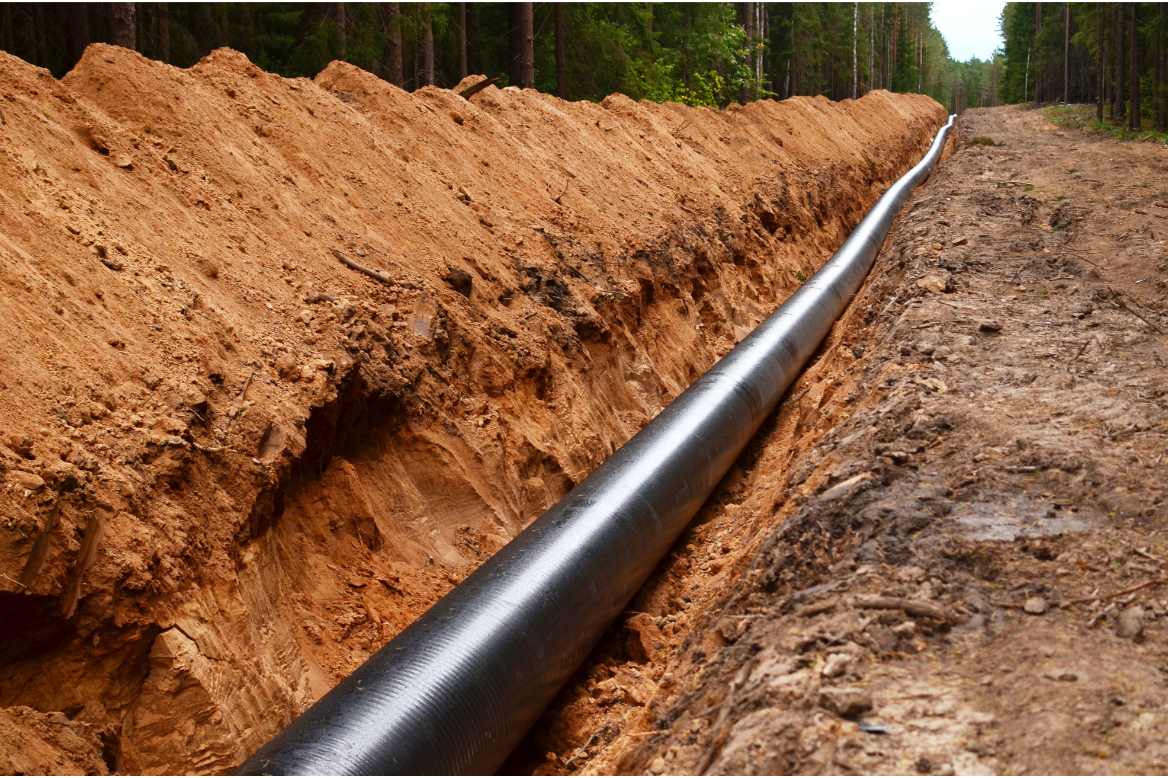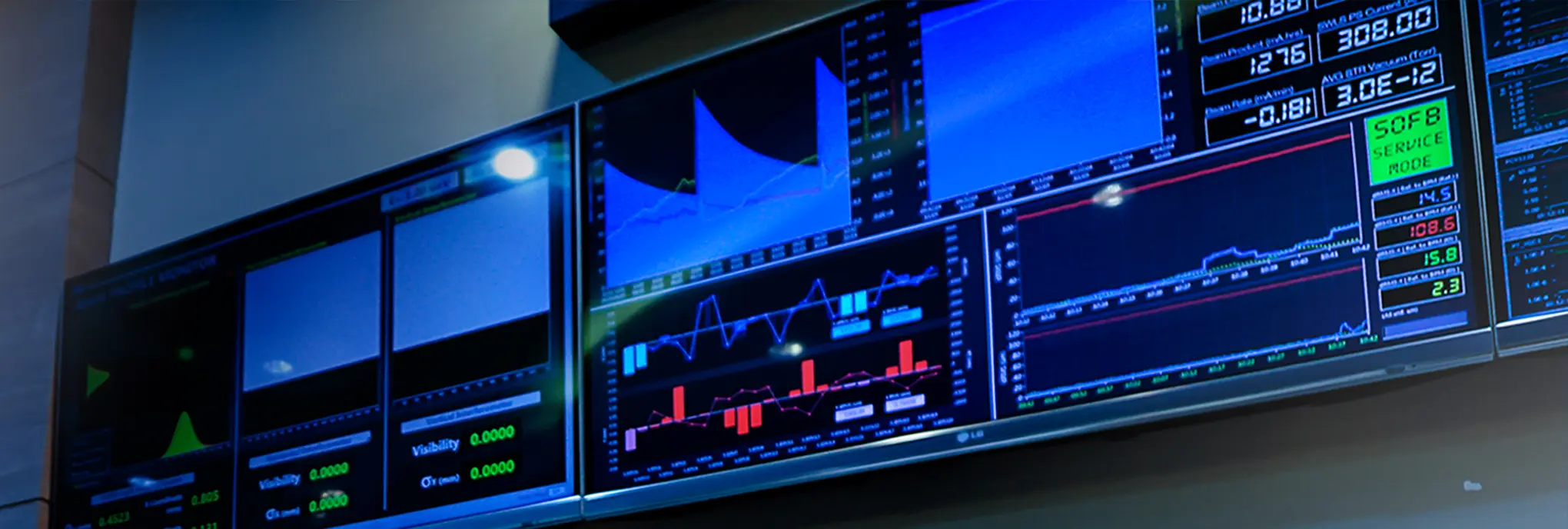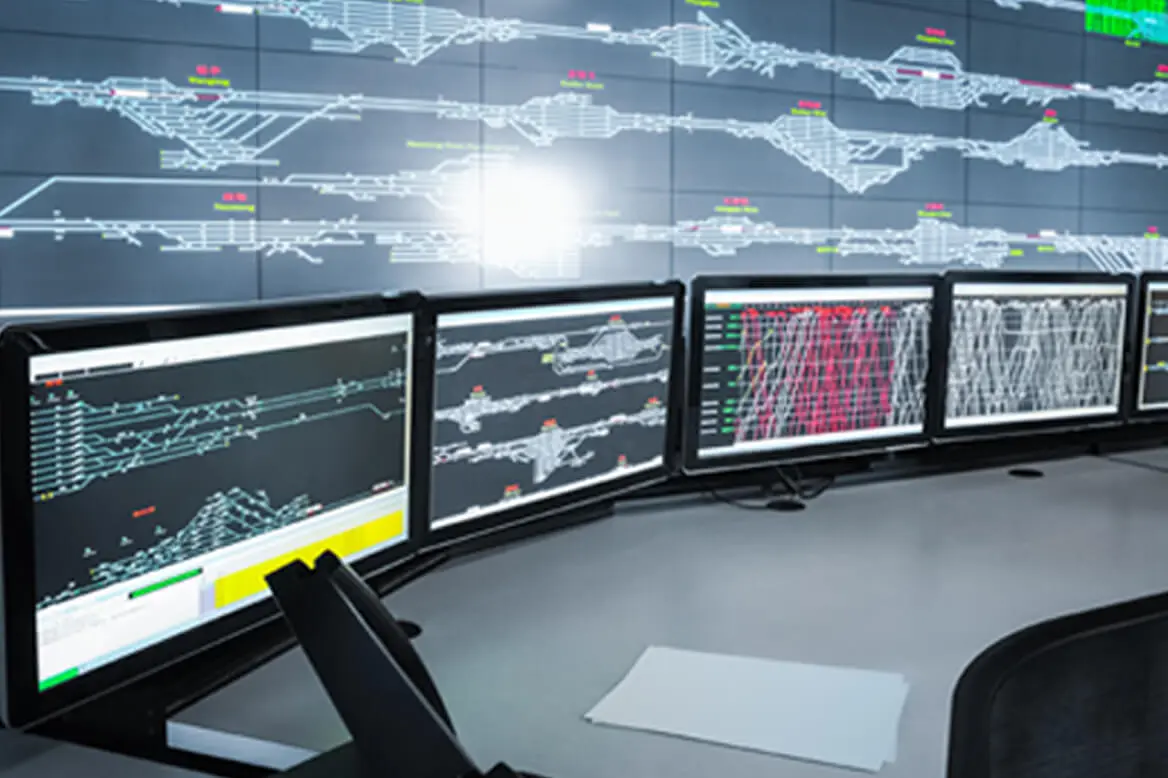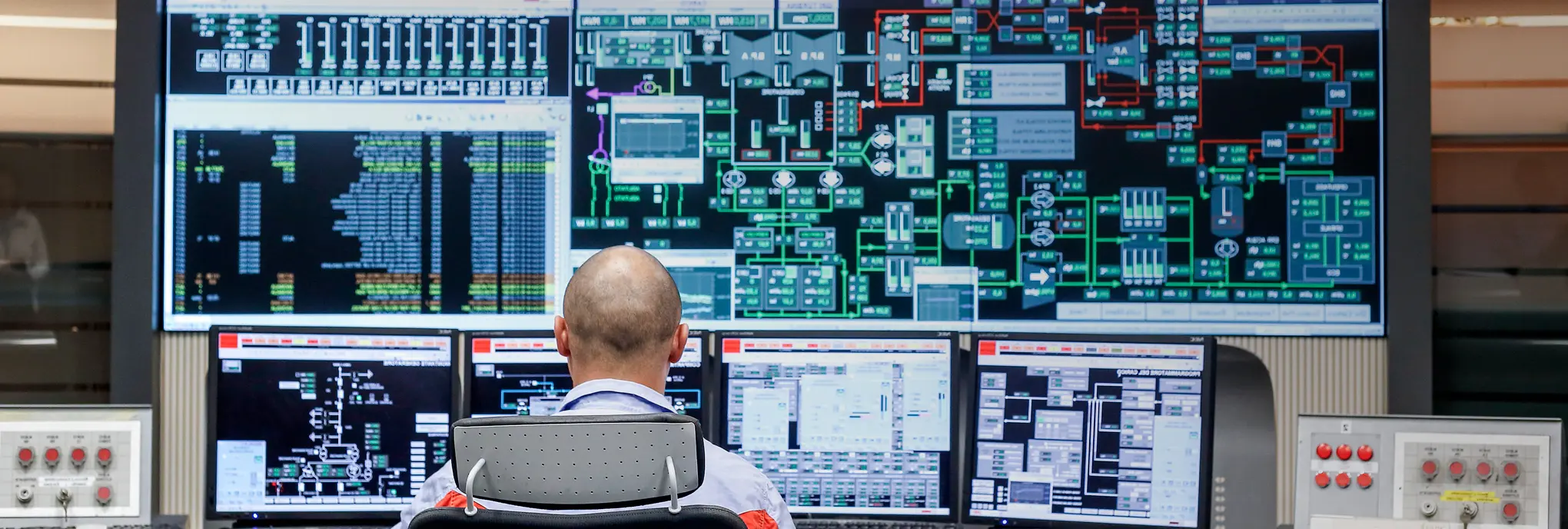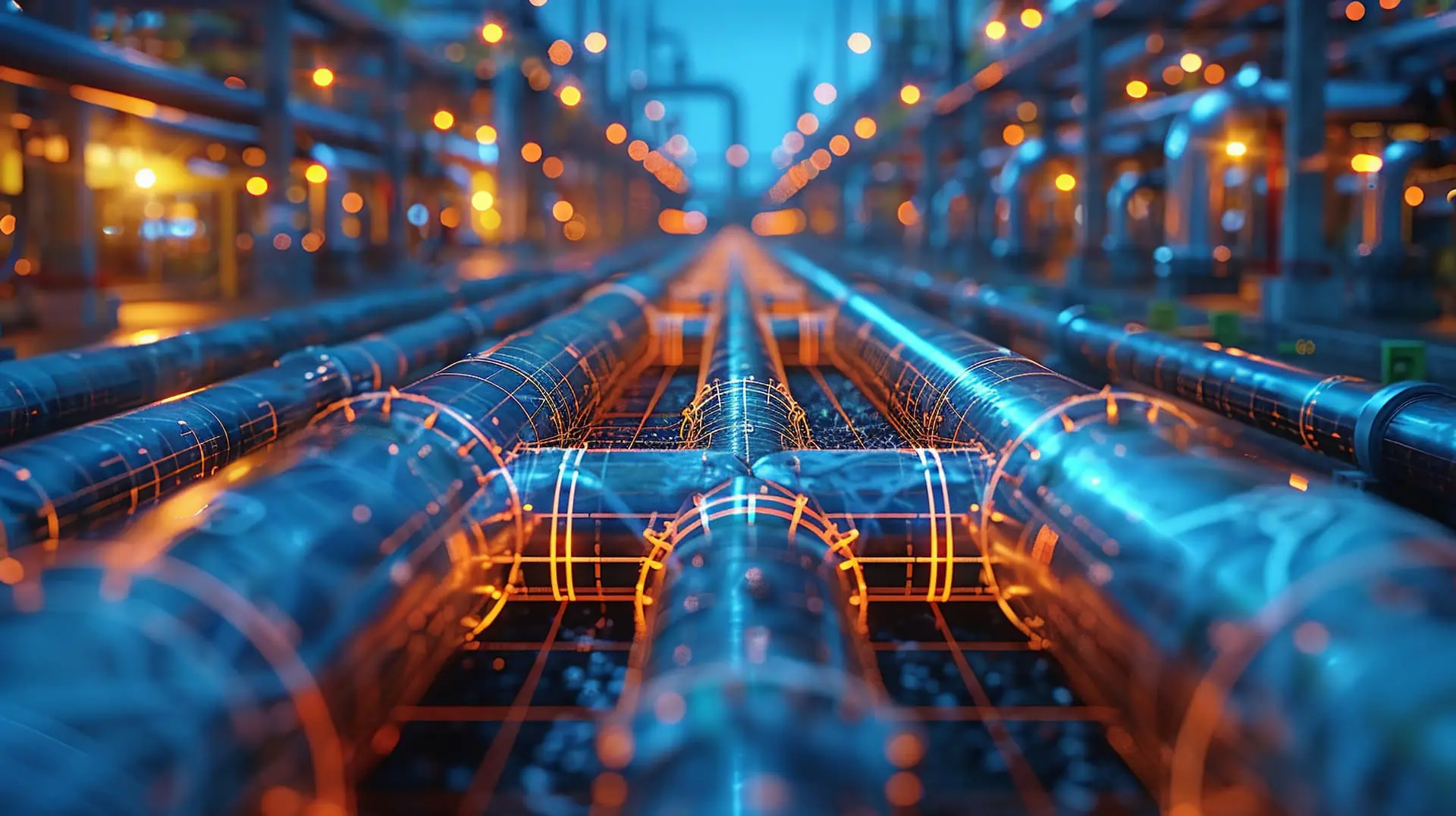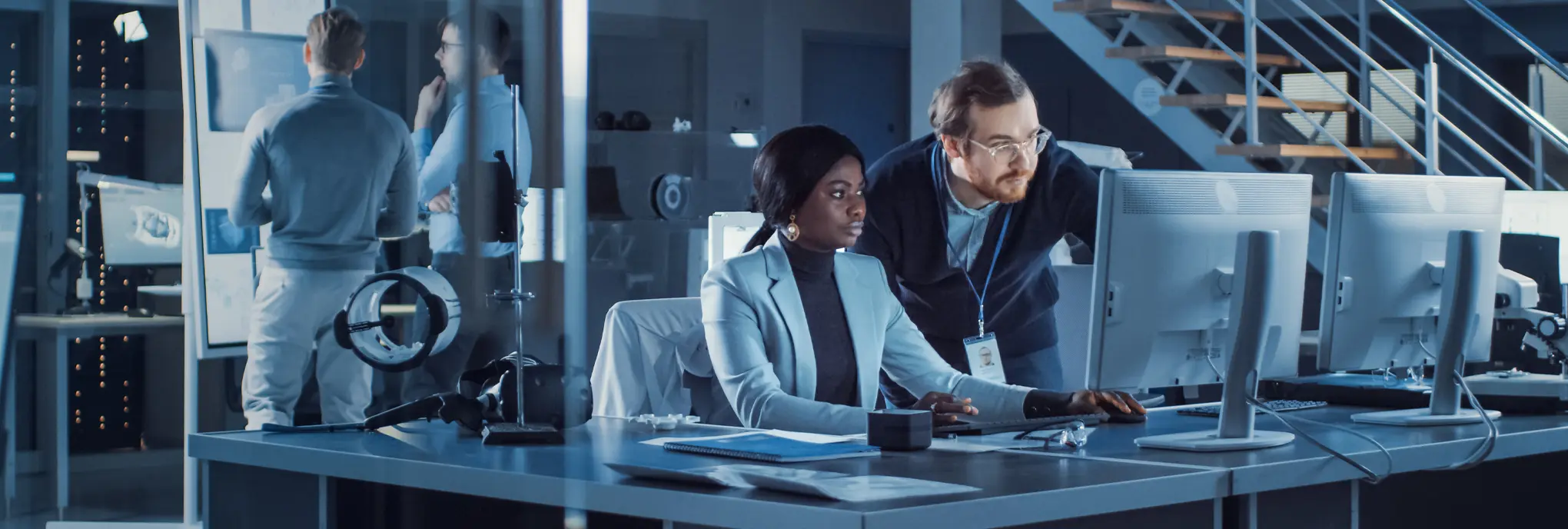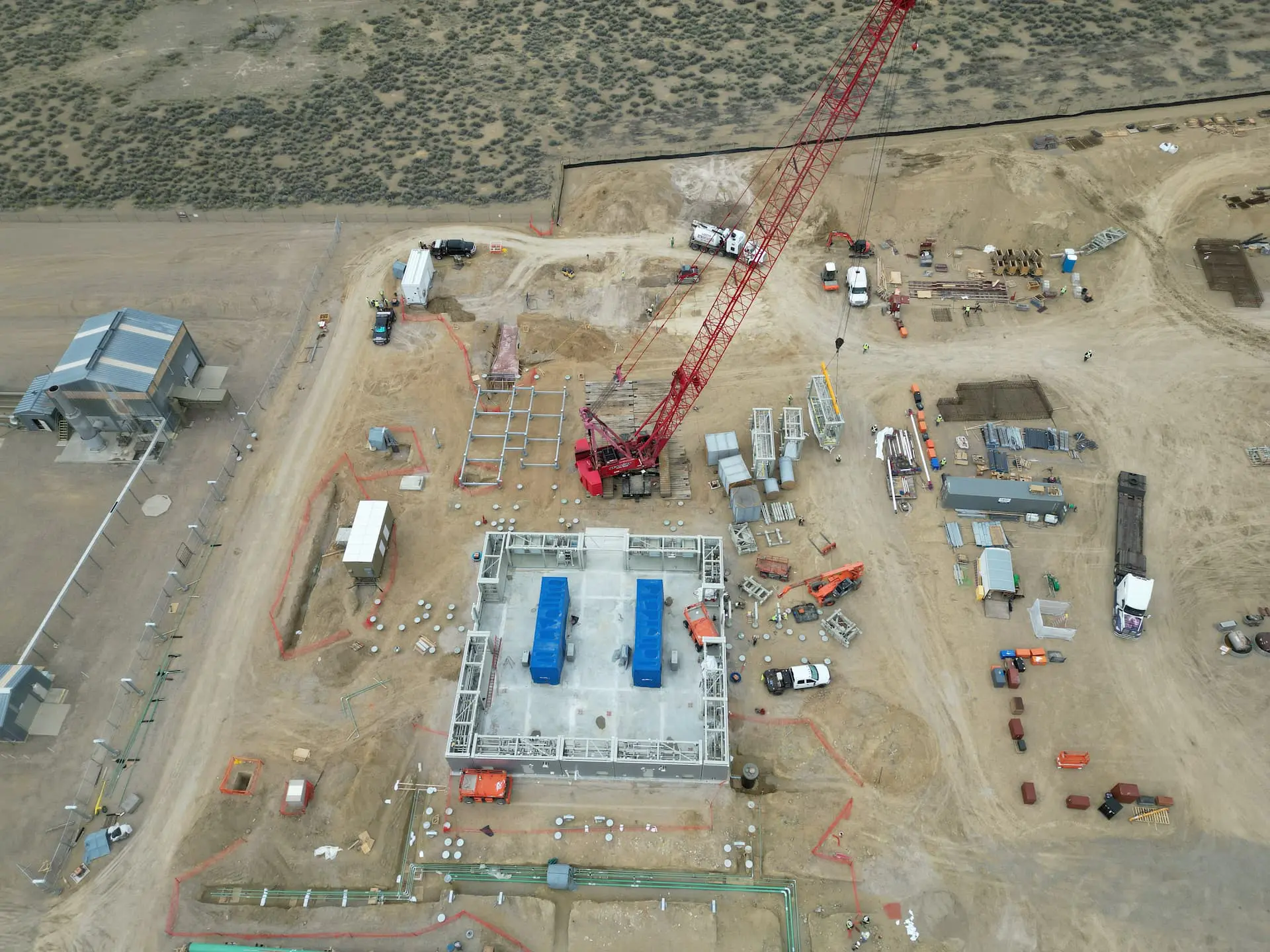

Want to share this article?
Safety Components of Downstream Oil and Gas Systems
Downstream oil and gas processing and storage systems have complex challenges not only with their operation but also in their development.
During the design phase, safety and system integrity are just as important as optimization and efficiency. This requires careful consideration of a variety of safety components to ensure worker safety and long-term operational efficiency with little downtime.
Pressure relief valves (PRVs) and pressure safety valves (PSVs) are important examples, providing greater safety to a system by releasing excess pressure buildup before it can damage storage tanks and pipelines. In the case of PRVs, the valve is typically spring-operated, opening when internal pressures exceed spring pressure. PSVs, on the other hand, tend to be manually operated and used when an emergency strikes. More advanced relief valves like vacuum pressure safety valves (VPSVs), and pilot-operated relief valves (PORVs) may be necessary in more challenging scenarios.
Aside from PRVs and PSVs, engineers have other tools at their disposal for regulating pressures at a safe level. Thermal relief valves are installed in situations where thermal expansion could play havoc to equipment utilizing hot steam or water. Pressure regulators can also be added inline, typically run open at the front end of a system to reduce the effects of higher upstream pressure. Backpressure regulators are similar, although they typically run closed at the back end of a system to keep backpressure in check and aid in the drawing off of fluid or gas.
The vent and flare relief system is another important safety component in many downstream systems and is used to control and protect the discharge of gas to the atmosphere in operational and emergency conditions. Using control valves, flame arrestors, seals, and other components, this relief system can safely dispose of excess gasses while preventing over pressurization and equipment damage. Relief valves control discharge to the flame tip of the system to ensure proper backpressure conditions are maintained.




